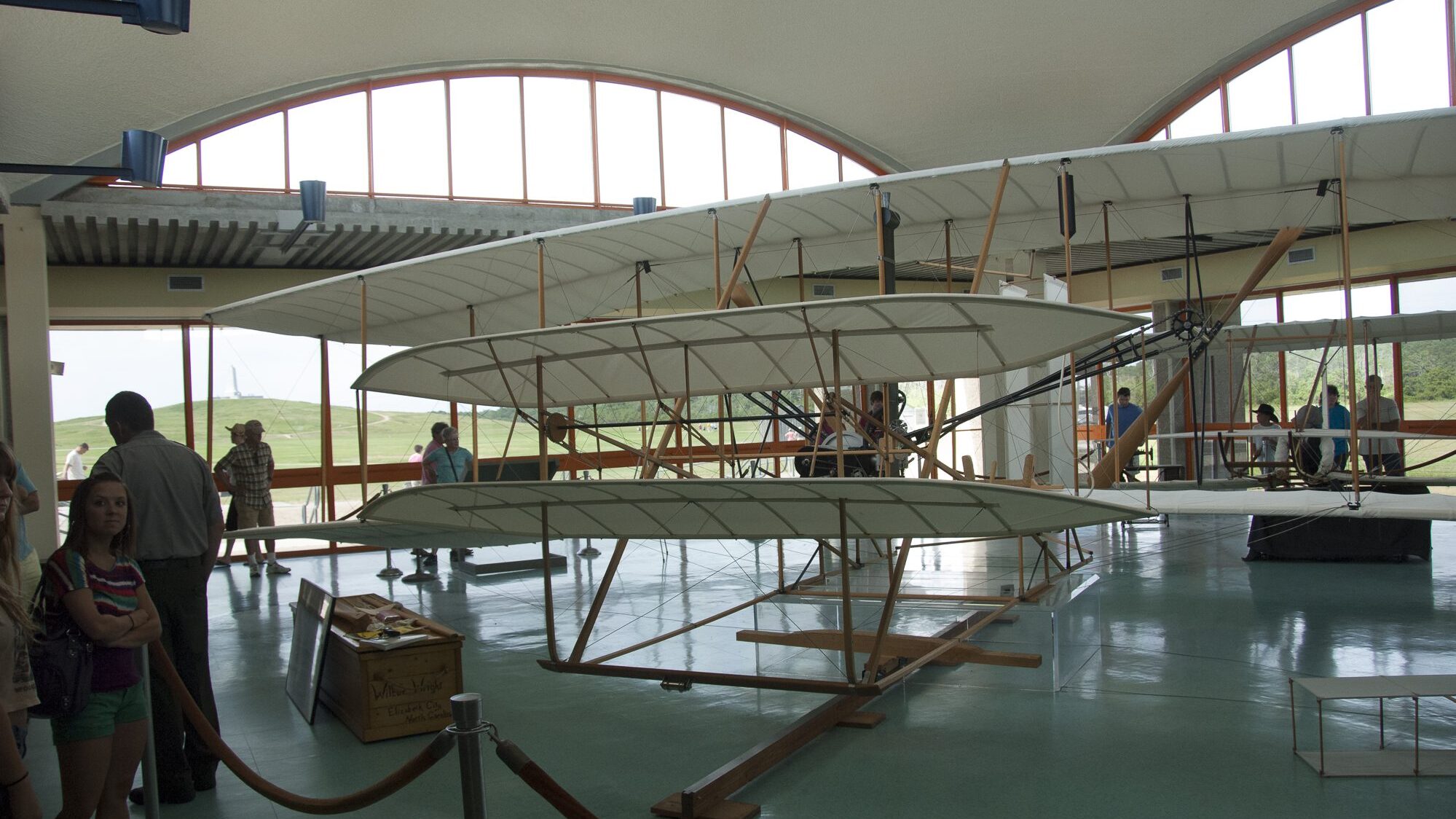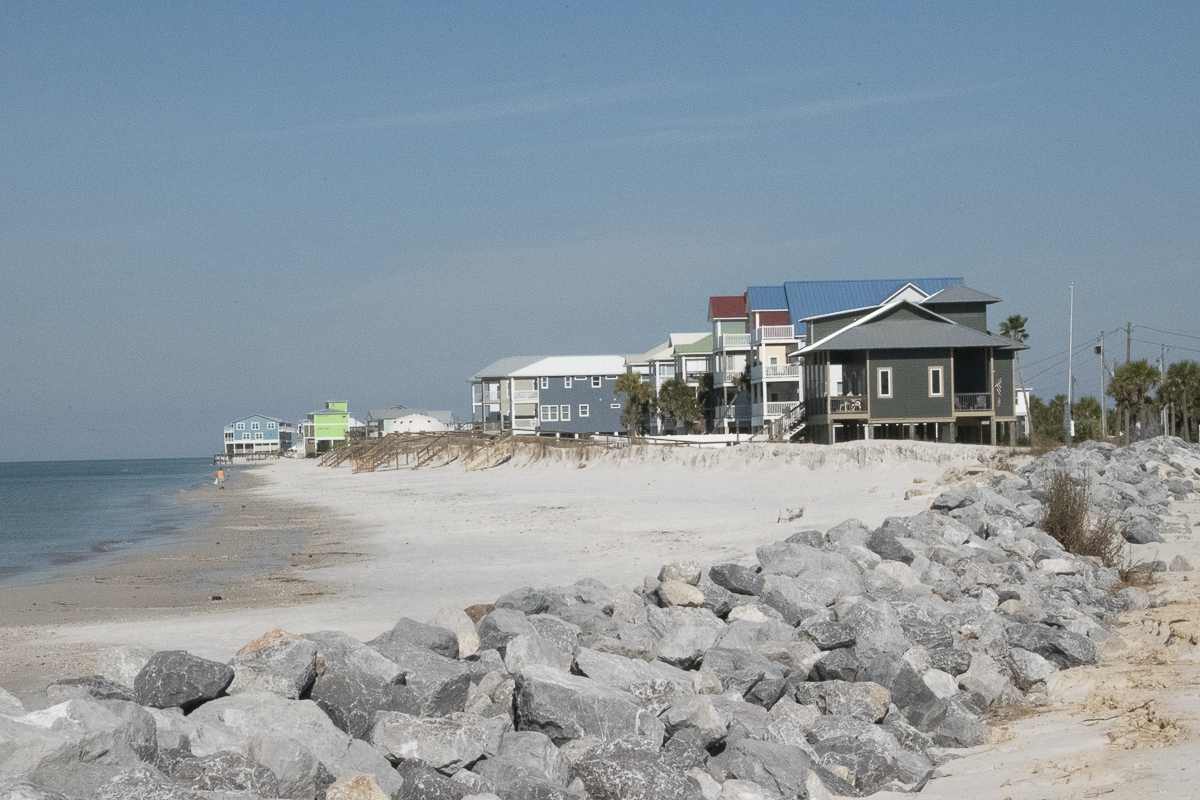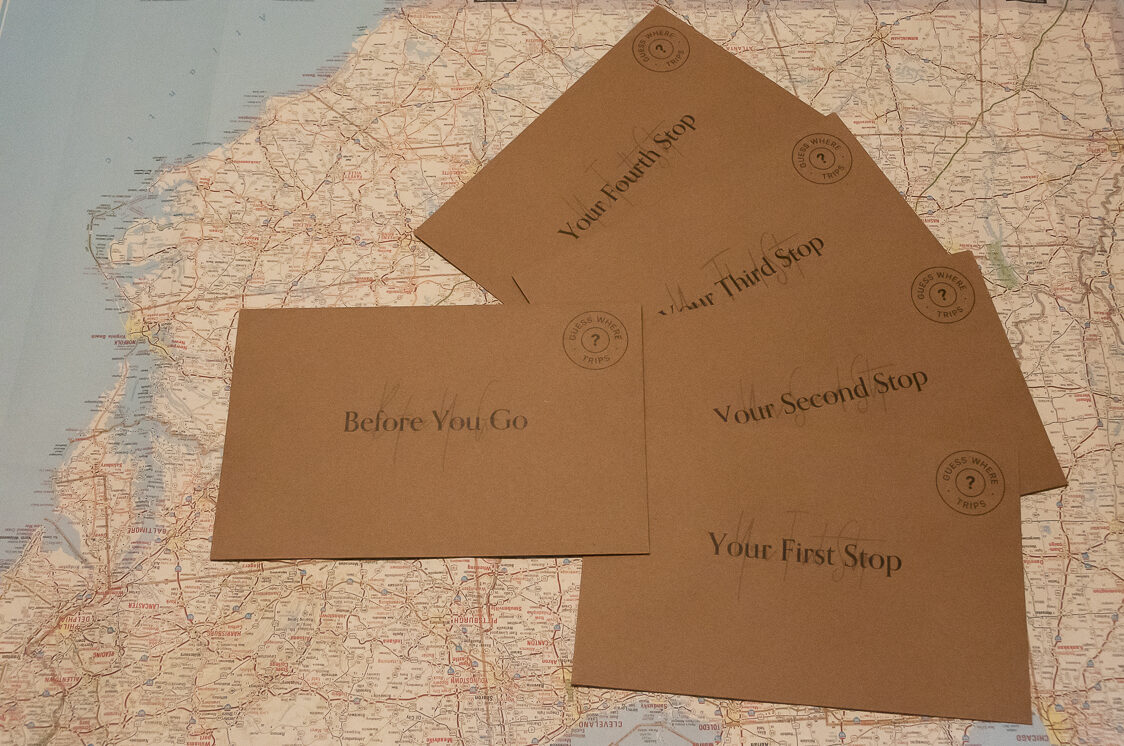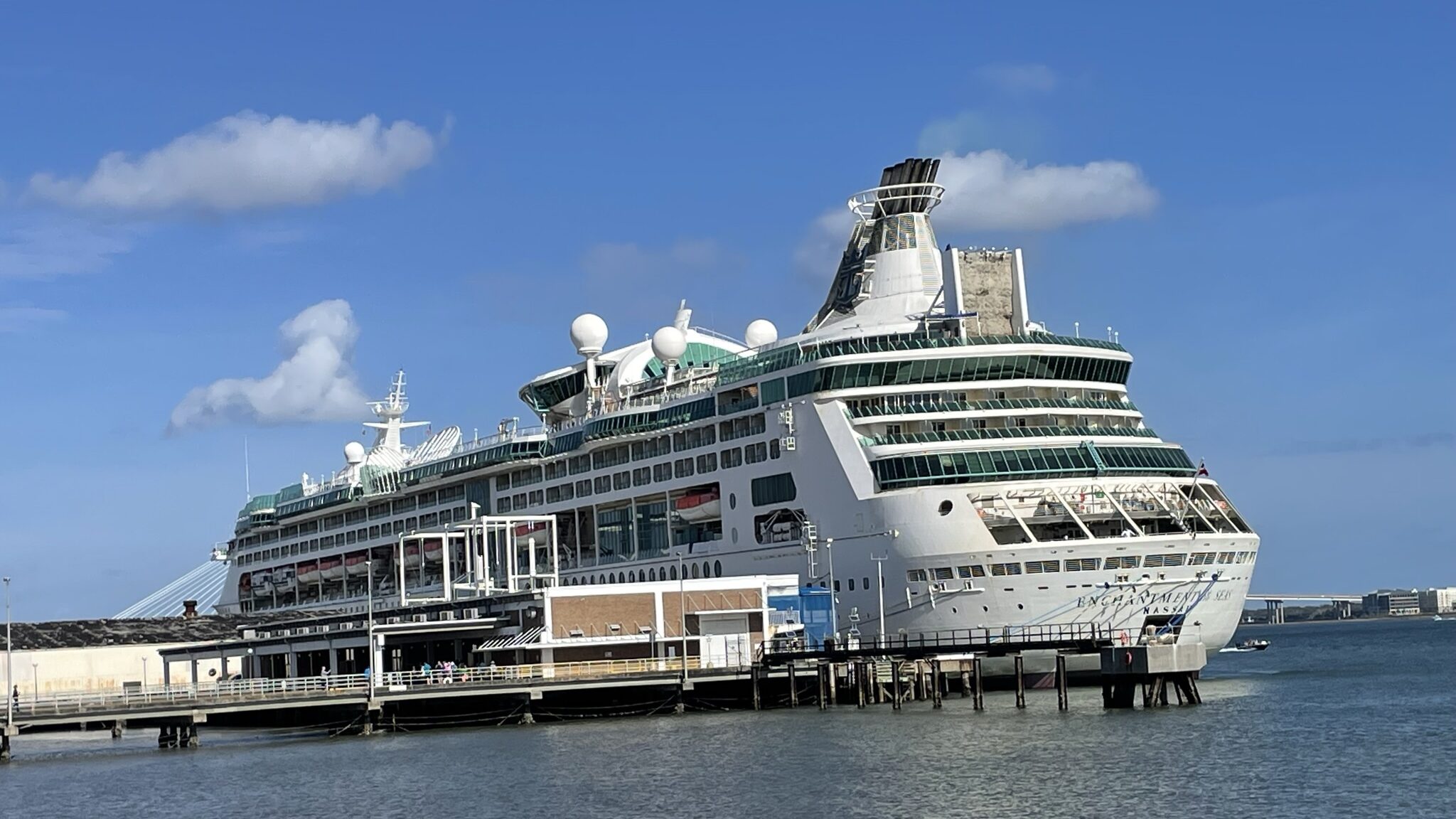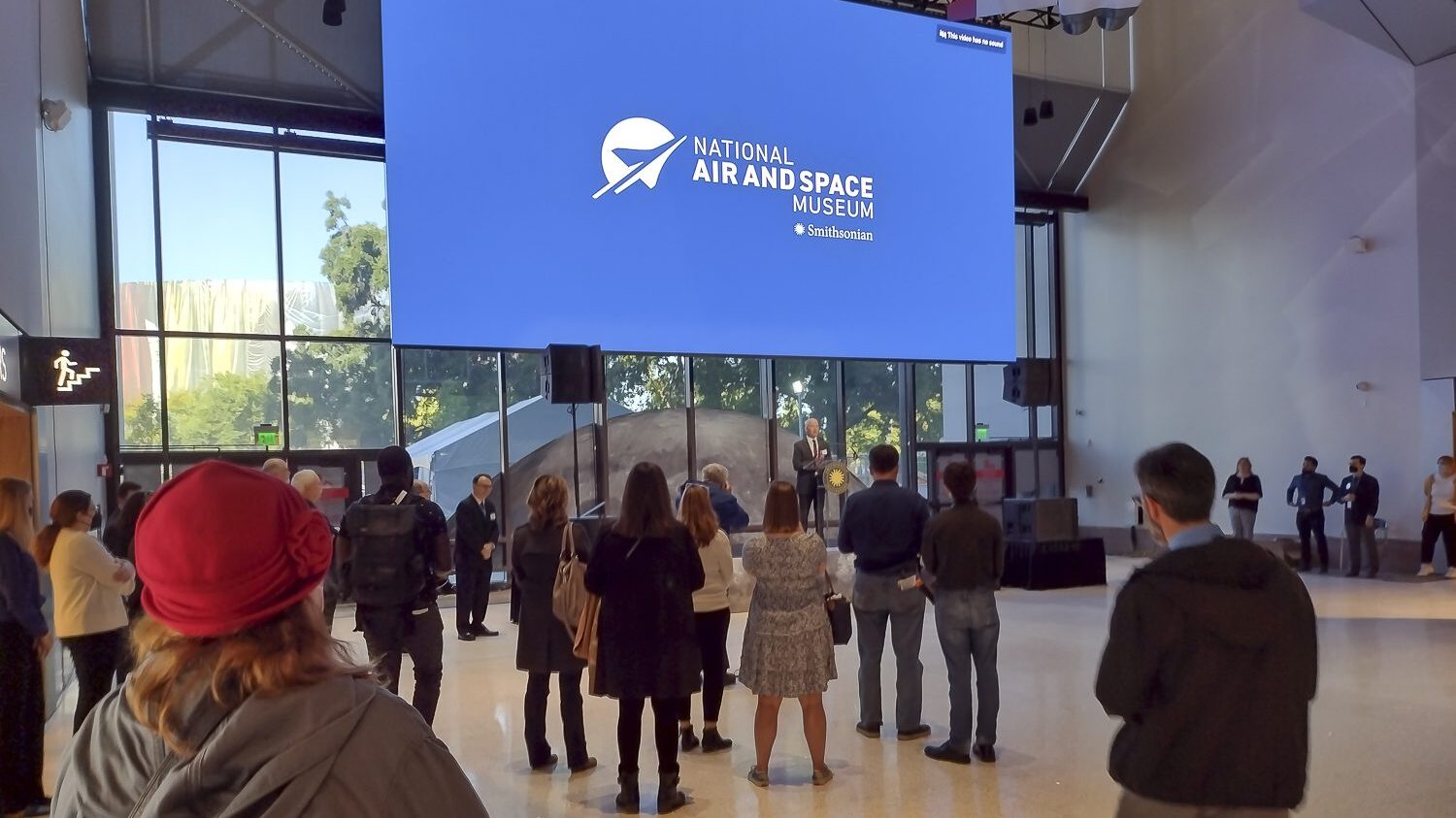Wide white beaches, high sandy dunes and sunshine make OBX a special place
OBX as it’s called is known for its sandy beaches and dunes. It can be many things to many people like a weeklong vacation for beachcombers and stargazers. Or it may be a 5-story stilt house for family reunions. For others, the Outer Banks is a cozy cottage for birdwatchers or a motel room with a dock for fishermen. With its long history of seafaring and seafood industry, the barrier island on North Carolina’s Highway 12 goes from a busy and bustling roadway to serene and scenic as you head south with the Atlantic on the east and Albemarle and Pamlico Sounds on the west. Our road trip included Duck, Corolla, Kitty Hawk, Nags Head, Manteo and Hatteras in the Outer Banks of North Carolina.

North To Duck
The coastal communities of North Carolina from Corolla and Duck are located in the northern section of the barrier island. Duck is a seaside town and a walkable village with quiet tree lined streets and trails ideal for pushing a stroller, biking, running and walking. The hotels, cottages and multi-level vacation rentals (with six to eight bedrooms and baths) line the beachfront. Don’t forget to bring binoculars and sunscreen and use them.
Here’s a quick reminder about Traveling with binoculars.
Turning south to Kitty Hawk
Driving south it’s only an 80 mile drive to the bottom of the island, with a variety of vistas and venues for visitors. Kitty Hawk is where the barrier island joins the mainland and then it’s a short run to the popular Wright Brothers National Memorial in Kill Devil Hills. The Visitors Center highlights a full-scale reproduction of their airplane Flyer and informative displays of the chronology of the historic First Flight by Wilbur and Orville Wright in 1903. Outside see the First Flight Airstrip, a 3,000 foot runway with granite boulders and stone markers that illustrate just how far (or short) those initial four takeoffs were, surprisingly the longest only 852 feet for 59 seconds. Alongside the airstrip is a reconstructed hangar with the spartan living quarters and workshop of the famous brothers. We enjoyed the presentation of National Park Service staff who gave a lively account of the bicycle builders from Ohio and how they had overcome many challenges with their ingenuity.
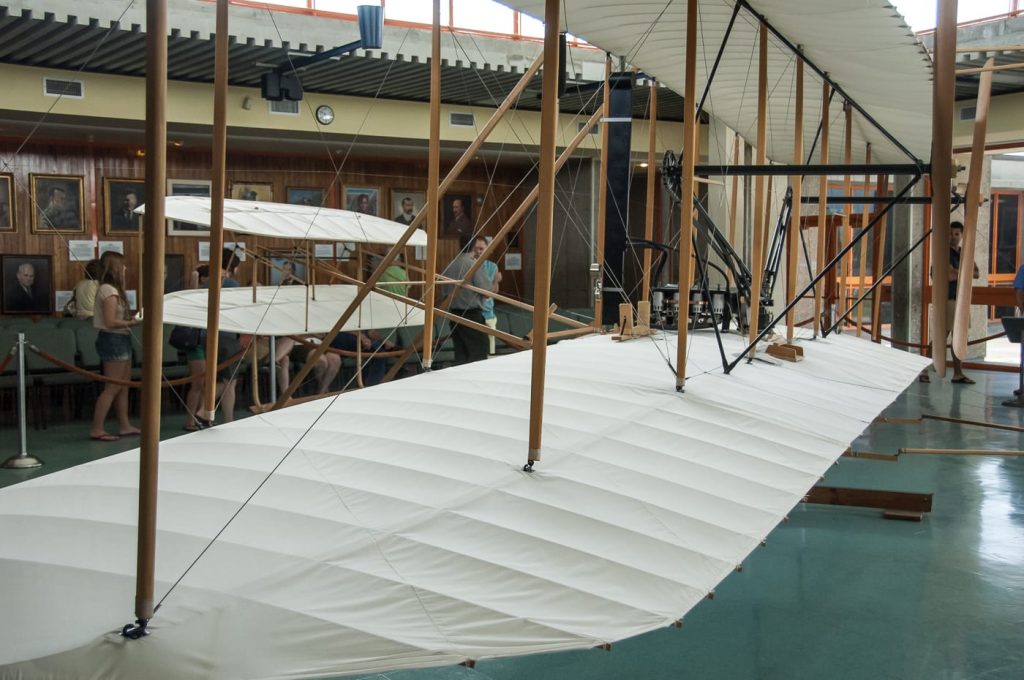
Nags Head’s fishing pier is a favorite spot and so are its restaurants, motels, vacation rentals and more miles of beautiful beaches. Along the road signs lead to Jockey’s Ridge State Park known for its high sand dunes and as a popular destination for kite-flying festivals, competitions and windsurfing. The same wind that attracted the Wright Brothers to the area makes flying a kite so much fun in the Outer Banks.
U.S. Highway 64 is a major crossroad on the Coastal Highway that leads inland to Roanoke Island and central North Carolina. Manteo is a charming fishing village on Roanoke Island and Sound just a few blocks from the highway. The waterfront area welcomes visitors with kite shops, restaurants, B&Bs and water sports. Little kids can board the Sea Gypsy IV, a pirate ship in search of a sunken treasure and kids can shoot a water cannon at menacing make-believe pirates. Older kids can rent a canoe, kayak or paddle board and enjoy the water. Manteo has a deep history of fishing; and today it boasts a mega marina of high powered sports fishing boats. Other attractions include the Elizabethan Gardens on the grounds of the Lost Colony of early explorers and settlers in the late 1580s who formed a colony there. The mystery of their history continues today.
Road Trip continues south of Manteo
On the island is Wanchese, a quiet fishing village where life is centered on commerce from the sea, not tourism. As you drive south the landscape changes to fewer signs of people and more unsettled nature. The road is lined by deep sand, dunes and seagrass and far less signs of development. With this area’s beauty and remoteness we weren’t surprised to see several RV and campgrounds off the roadway with beachfront access, especially near the scenic Oregon Inlet.
Going south on sand swept roads there’s a gentle quiet and often not-so-gentle sea breeze as you drive through Pea Island National Wildlife Refuge. The refuge spans south on the coastal island in the middle of the Atlantic Flyway providing nesting and a winter habitat for migratory birds and protection for threatened species like the Loggerhead sea turtle. The area is a wonderful place for bird lovers to watch a canvasback, widgeon or heron and egrets in the impoundments at Pea Island.
Over the years hurricanes have rerouted the road and cut new inlets as you approach Rodanthe so we noticed signs of a new roadway and bridge under construction to take traffic over an often-flooded area off in the distance. Throughout the area we saw “high water” signs and washed out sections of roadway.
Hatteras
Hatteras Island joins the southern end of Pea Island at Rodanthe, a quiet settlement of luxury beach homes with a fascinating museum that honors the volunteers of the Chicamacomico Life Saving Station. The museum on the east side of Highway 12, is the historic site of surviving buidings of the station with artifacts and stories of the brave members who risked their lives to rescue those from shipwrecks on the North Carolina coast.
Our firsthand experience using binoculars when traveling: 8×25 compact binoculars are a good choice for traveling because they’re lightweight and easy to tuck into a backpack or purse. The first number”8” is its magnification which makes an image 8 times closer than what you see with your eyes; it’s good for a wider field of view. The “25” is the size of the objective lens measured in millimeters that defines how much light the binocs can gather. A larger objective lens has more light gathering power so the image resolution will be higher and brighter.
Many visitors make the trip to Hatteras Island to take the ferry to Ocracoke Island and visit the impressive black and white stripes of the Cape Hatteras National Seashore and the Cape Hatteras Lighthouse made popular when it was relocated. The 193-foot tower is the nation’s tallest traditional lighthouse and located in the town of Buxton. It was lifted and moved 2,900 feet to its new location on steel mats over a period of 23 days in the summer of 1999 because of the threat of shoreline erosion. Steel track beams became rails and roller dollies permitted the support frame to move along the track while three zones of hydraulic jacks kept the lighthouse aligned. When asked if it would ever be moved again an engineer said “yes” explaining that as land shifts it’s better to move with it then to continually replenish the beaches or build structures on the shoreline.
In the past we’ve enjoyed several visits to the Outer Banks and always marvel at the diversity whether you’re in the mood for oceanfront nightlife or a quiet local restaurant. Kayaking, fishing, or just strolling on the beach, North Carolina’s Outer Banks offers a family-friendly beach vacation getaway and that’s why we’ll always go back.
|
Post Views: 1,738
|

